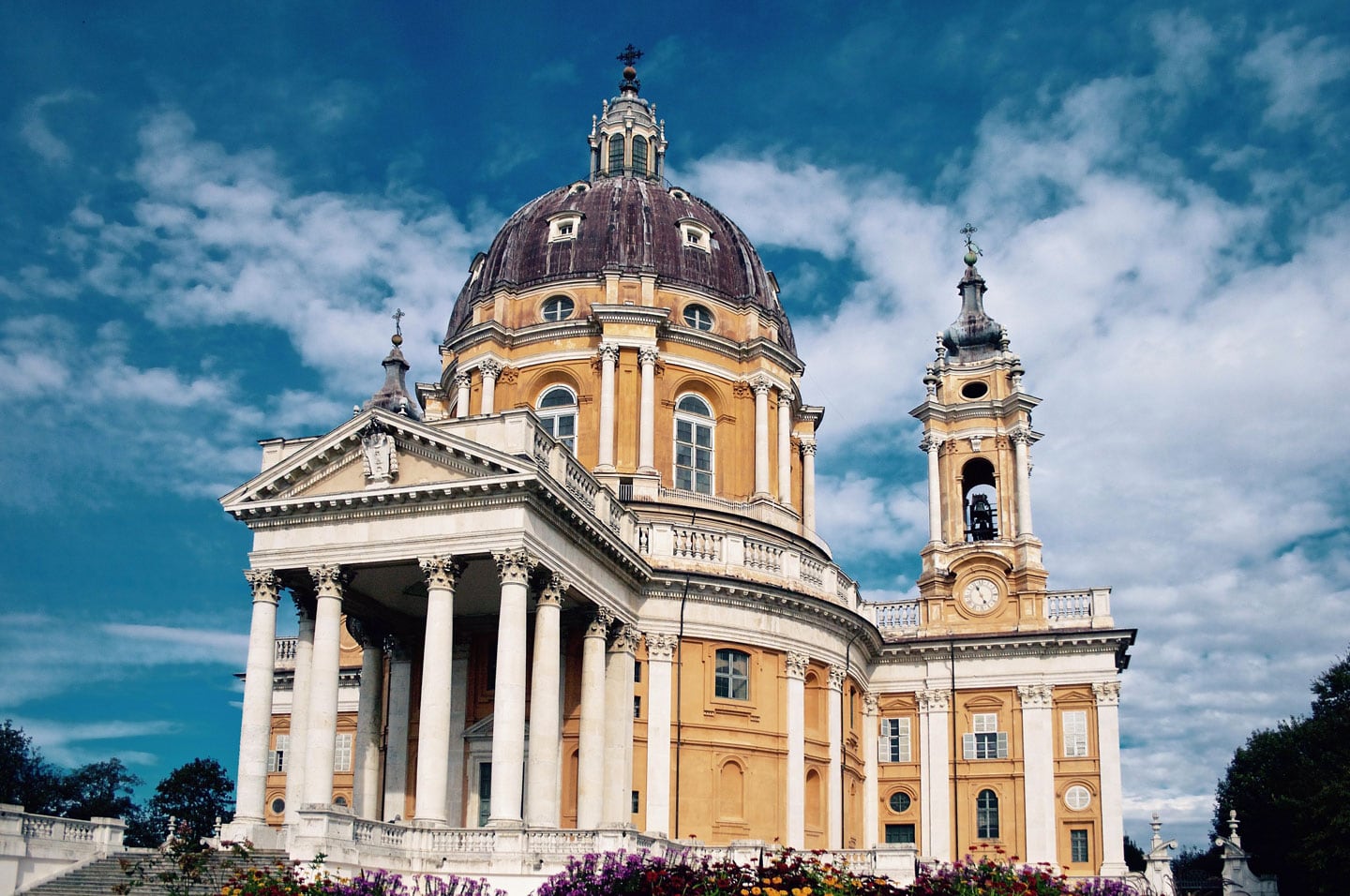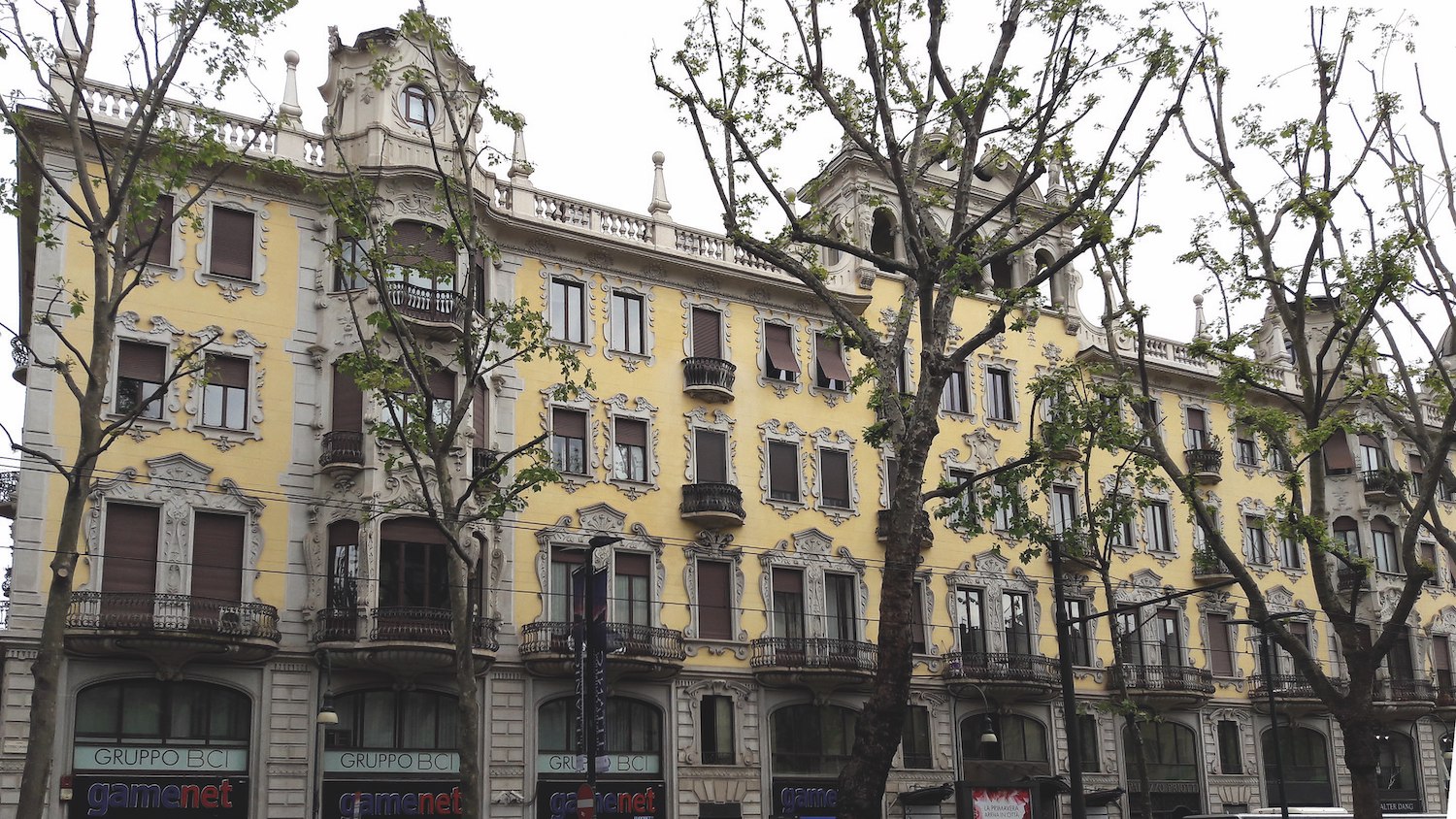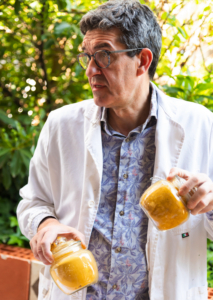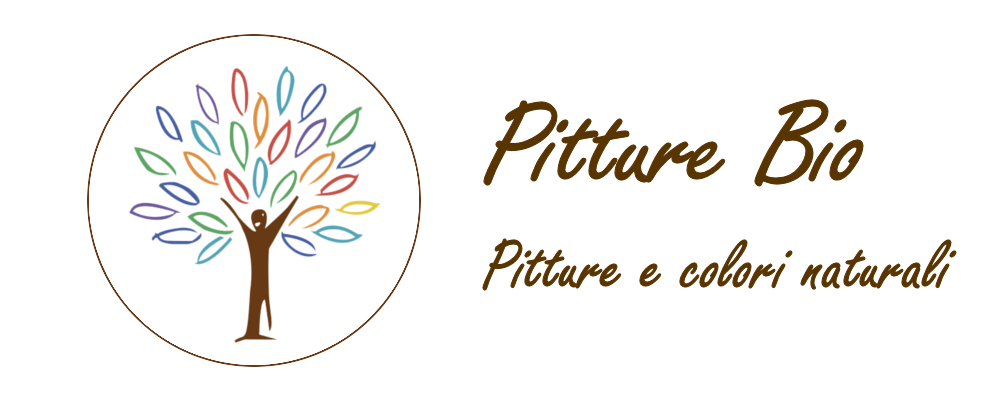In 1978, arriving in Turin to work as a decorator, I was struck by a detail: most of the coloring work was done in a yellow color, of various shades and intensities, which was often given the designation Giallo Torino, Giallo Piemontese or Giallo Vecchia Torino.
This so monochromatic Torino particularly struck me since I came from Sicily where I was used to a du color palette that included pinks, greens, blues and even some yellows of course. Moreover, I was embarrassed when, while preparing samples of the various types of yellow for the color choice, I felt I was asked by some customer what “Giallo Torino” was because I did not know what to answer and I had never found anyone to tell me exactly what this color was.
The Components For Creating the Piemonte Yellow
In 1993 I participated in a course on the restoration of painted facades organized by Cipet and CNA and directed by Prof. Giovanni Brino of the Polytechnic University of Turin: author of the color plan for Turin.and many other Italian and French cities, including Marseille. During the course the professor gave me the task of preparing the lime to the natural coloring earths the colors of the Turin palette, based on historical archival documents in his possession, with very detailed and precise recipes. Among these colors were the dyes that had given rise to Giallo Torino, which was originally called Giallo Molera, light and dark.

The Basilica of Superga – Located in the hills of Turin is an example of dark Turin Yellow
Originally, yellow house lime was also used to prepare yellow. This fact-which confirms to me that there is still a great deal of confusion about the origin of this color, often mistaken for the synthetic dyes that are used today, distantly resembling natural colors-has stimulated me to successfully carry out work with this type of yellow, which I prepare personally, as did the artisans of the past, despite the difficulties involved in using these materials. Also important was the consultation of books that collect historical documentation, including “Color and the City” ” The Colors of Turin 1801-1863″ by Giovanni Brino and Franco Rosso, on which I found the following information.

View of the historic Priotti Palace that I personally restored
The Building Rules of the Savoy

Medieval Village of Chieri – with many shades of Giallo Piemont
In the early 1800s, a “Building Council” had been established in Turin under the Savoy dynasty, which had the function of controlling everything related to building works, including the smallest details, such as precisely the indication of the color to be given to facades. Owners would make a written request to the council, with a possible coloring proposal; the architect in charge, if he did not accept the proposed colors, would indicate other colors based on the building type, location and neighboring buildings. Since there were no transportable sample books at that time, sample colors were made on the wall of the courtyard of the city hall; the commissioned painters would then go and copy the color. There was also a kind of recipe book that described in great detail the doses of earth that had to be added to the lime lette to achieve the desired shade.
The colors indicated ranged from reddish to yellowish, light greens and grays, colors imitating noble materials such as stones etc. Many other colors were given directly from the natural color of strong limes, such as that of Superga, Casale, Pontestura, Lauriano, etc. Before starting the work, samples of the facade to be painted had to be made, waiting for the inspector’s reconnaissance to check that the color matched the one indicated. In 1849 the situation changed and the choice of colors passed to the Council of Builders of the City Hall which was given more autonomy. Architect Gabetti was appointed as verifier of the buildings: from that time there was a change of course, and indeterminacy was replaced by rigid determination.

Widow’s House – Restoration carried out personally with my company Torino Decor
The hesitant owners were no longer ordered to prepare samples but to stick rigidly to a pattern developed four years earlier on the secondary fronts of Palazzo Civico and the houses on Via Dora Grossa (today’s Via Garibaldi). This coloring pattern was two shades of Molera yellow, light and dark. This color determination had the prerogative of being the most Turinese hue imaginable. In fact, for 11 years, until 1859, almost all prescriptions commanded the use of “tints conforming to those adopted towards Dora Grossa in the houses of the city.” A Conservative Estimate, based on the documentation found, indicates that out of 618 paint requests for the period in question, as many as 486 bore the indication of Via Dora Grossa.
This coloring pattern slowly moved to almost all areas of the city, and most towns in Turin accepted it. Some appealed, even protesting directly to the mayor claiming the right to the property: their battle was lost at the start, however. In some cases, the architect Gabetti, personally going to the construction sites, made them suspend the painting work already begun with other colors, warning them not to continue and requiring them to respect the colors of the Civic Palace. In 1860 the Commission of Art took over from the Board of Builders, and in 1863 an article regarding tints came into effect that no longer obliged owners to prepare samples, but exterior coloring should preferably be carried out with pale secondary tints, excluding those that by too much vividness or too much obscurity should offend the view or engender darkness.
The Piedmont Yellow – A Myth Rediscovered

Antonino Longhitano – Artisan
In short, coloring was liberalized. In the years that followed, despite the liberation of the color, Giallo reigned over Turin albeit in various shades and in juxtaposition with other colors. When the city became the capital of Italy, this color became fashionable in other parts of the country as well, becoming so famous that it was named precisely Giallo Torino. After World War II, synthetic water paints took over the market because of their practicality of use, replacing natural lime paints and coloring earths, and so the true Torino yellow began to gradually disappear and only its name remained.
Currently in Turin, facades remaining with the original colors are very rare, and even rarer are those that have been dyed again, as the ability to use these materials had almost been lost: now, thanks to training courses on restoration, some of us craftsmen are again working with the original techniques and “ingredients,” with excellent results. In recent years, some manufacturing companies are studying and producing lime-based materials to be used on a large scale and inspired by those “of yesteryear.” In my opinion, they are still quite far from the authentic effect as they are related to the philosophy of modern paintings. We hope, however, that in the future they will be able to faithfully imitate the original colors, so that we can restore, at least in part, the colors that made the history of this city and of which the people of Turin should be proud.
Antonino Longhitano
Read the original article published on Aci News here

